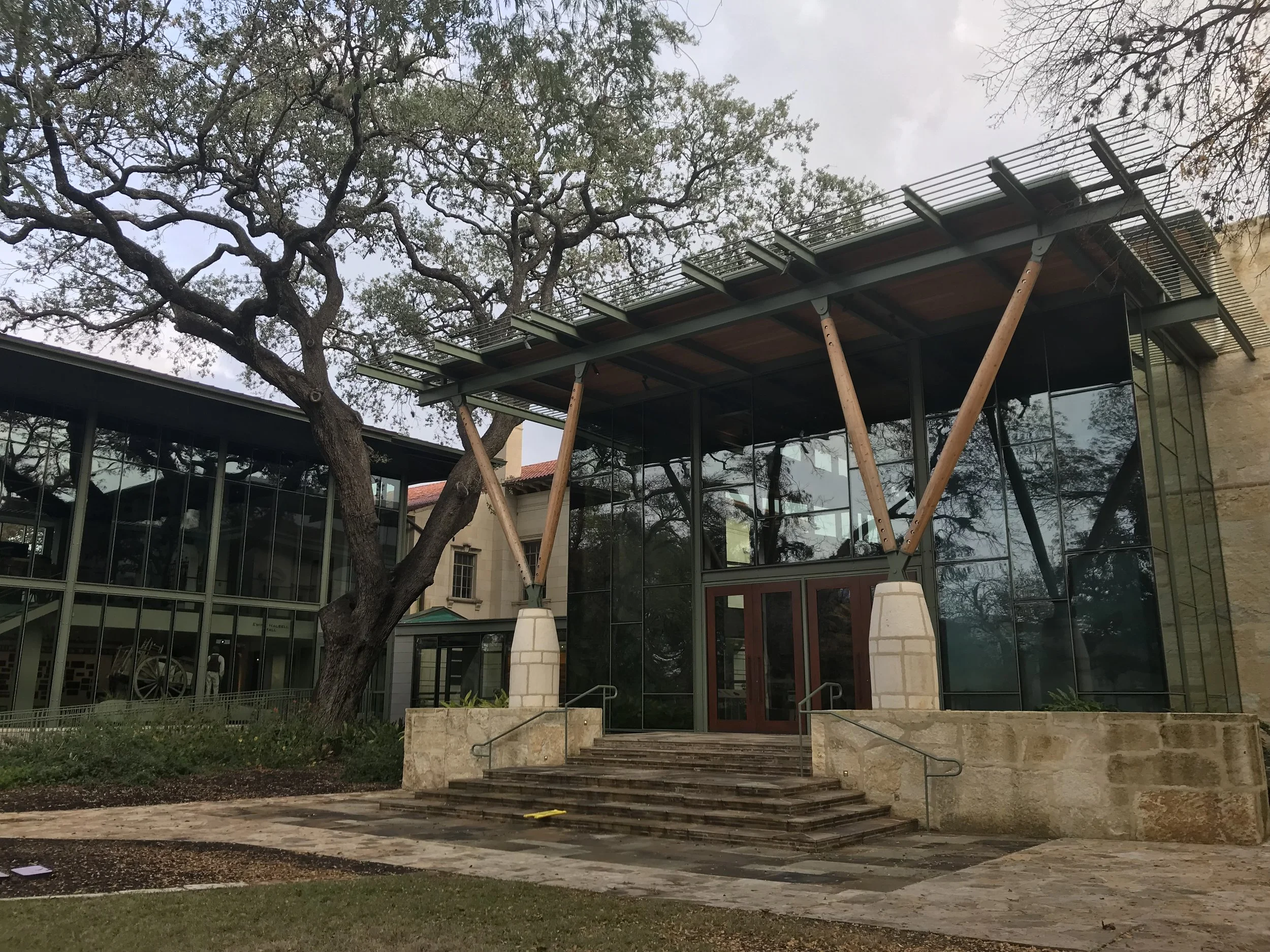Did you know that for nearly a century, San Antonio was the largest city on the western frontier? Or that Texas is the only state to have farm to market roads?
Our recent visit to the Witte Museum's Robert J. and Helen C. Kleberg South Texas Heritage Center immersed us in the culture and history of ranching in South Texas. The interactive collection features a number of exhibits that capture the stories of cowboys, settlers, chili queens, ranchers, oil men, geophysicists, merchants, Comanches, soldiers, farmers, and outlaws alike. If you have an interest in ranching heritage or find yourself in or around San Antonio, we highly recommend at visit to the Witte.
We were captivated by portions of collection like the exhibit on Edgar Tobin’s aerial mapping business. According to the San Antonio Express News, Tobin Aerial Surveys mapped more than 500,000 square miles of the United States at the beginning of World War II. At one point, the company was the largest aerial survey company in the world and was valued at over $10 million. With changes to technology and the introduction of drones, the aerial mapping industry has grown and changed considerably since the days of Edgar Tobin, yet it remains an integral part to land management in Texas and throughout the West.
We lost track of time in the George West Trail Drivers Gallery, which features artifacts, portraits, and biographies of those that carried livestock up the trail in the 1800s after the Civil War.
Though we gravitated to the portions previously mentioned, we also enjoyed the more family friendly elements like the Topography Touch Table, the Cattle Drive Pinball, and the Pepper’s Ghost-style diorama featuring stories from Texans and Mexicans who found oil in the late 1800s. In all, the interactive collection fueled our interest in heritage and community.





